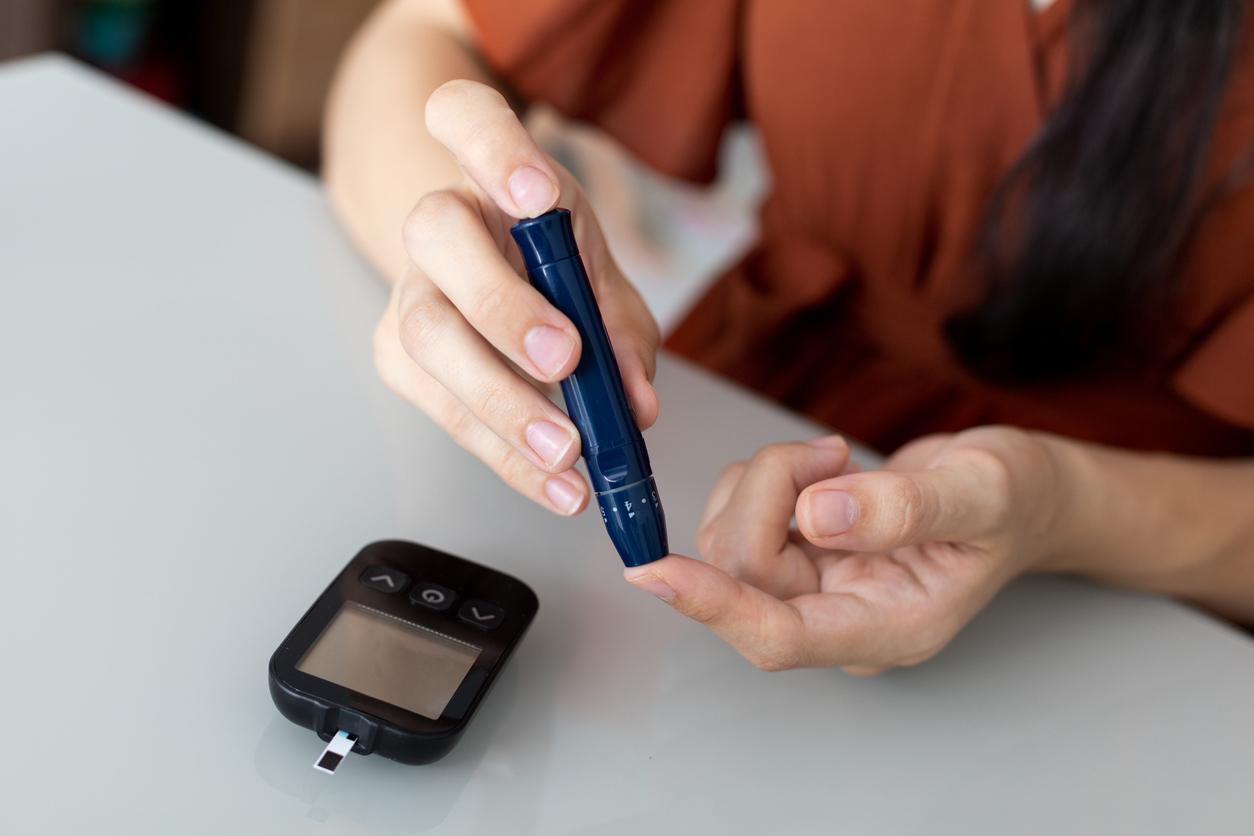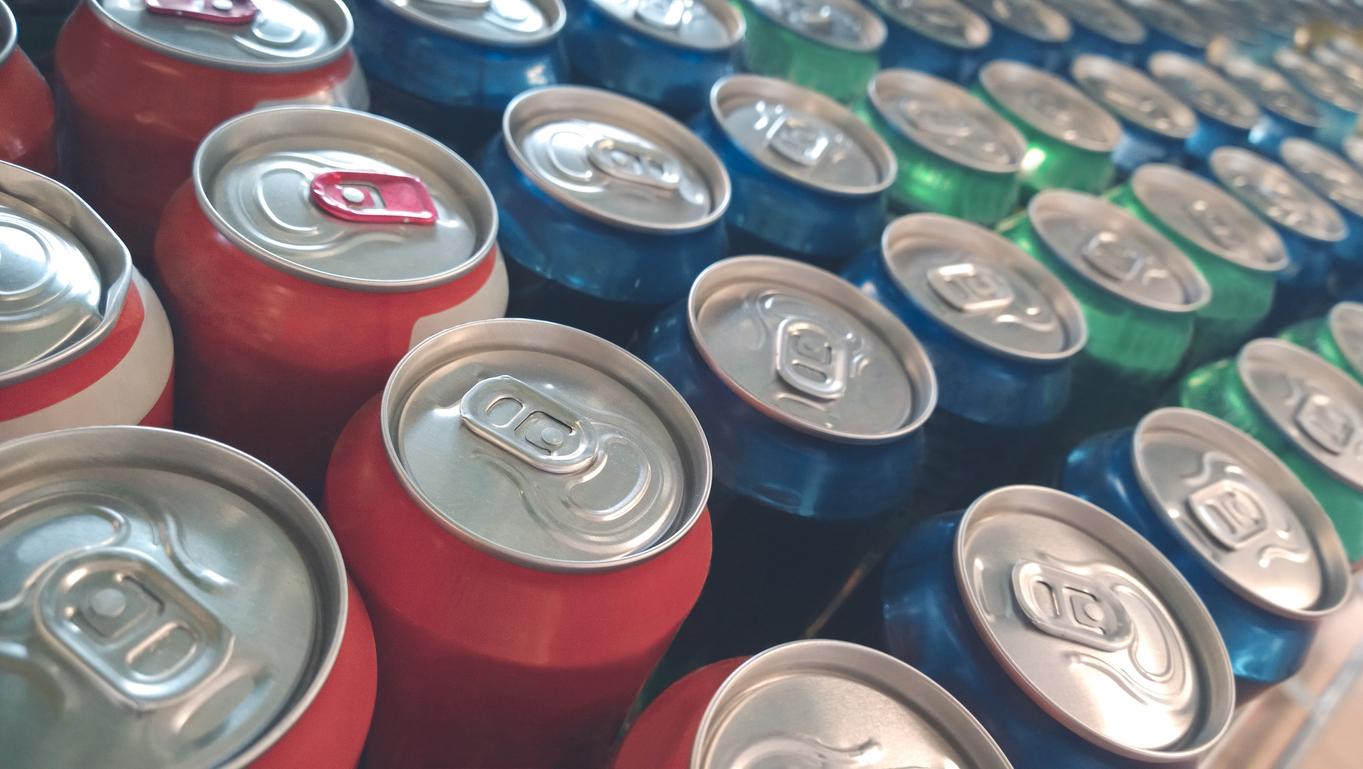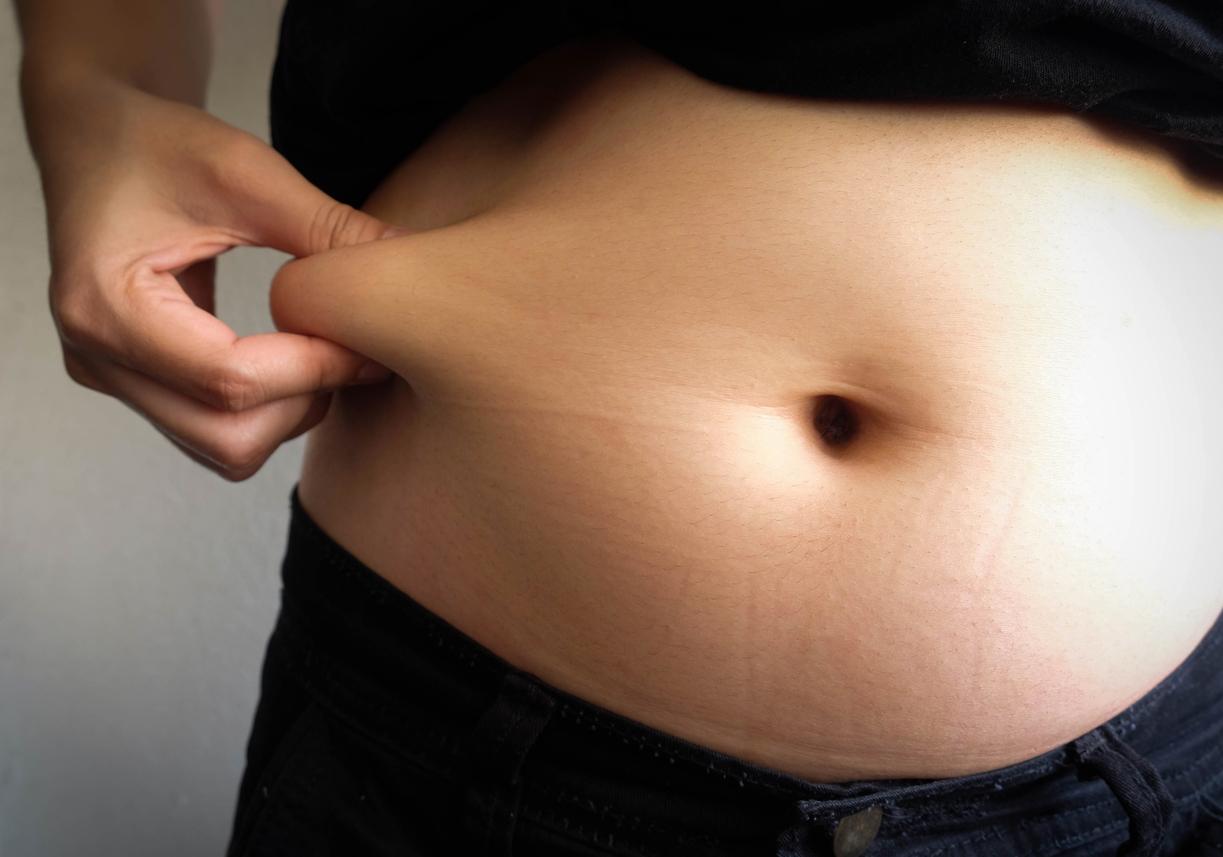On the occasion of International NASH Day on June 12, let’s take stock of this modern-day disease which results directly from our overconsumption of fatty and sugary foods. What is soda sickness? And above all, how to avoid it?

Formerly known as fatty cirrhosis, NASH (after the acronym “non alcoholic steatohepatitis “which means” non-alcoholic fatty liver disease “) is now commonly called soda disease, in reference to our overconsumption of industrial drinks and junk food – the era of time requires. Silent, NASH is an insymptomatic pathology which insidiously destroys the liver. Made sadly (and briefly) famous when the sports columnist Pierre Ménès has had it, it can lead to cirrhosis or liver cancer, the only outcome of which is a transplant. Disease of modern times, a reflection of our overconsumption of ultra-processed foods, this intruder is still unknown to the general public. Let’s take stock on this International NASH Day.
The liver, this shadow worker
As the name suggests, NASH is not the result of excessive alcohol consumption, but of eating too much fat and too much sugar. It concerns more obese people (75% risk) or overweight (30%), but also addicts to sodas, junk food. Over time, a buildup of fat slowly and silently forms around the liver, interfering with its proper functioning. This invasion can last 10, 20 or 30 years without the patient realizing it and the damage is irreversible.
According to Paul Brousse Hepato-Biliary Center, one of the causes of NASH is also linked to insulin resistance. NASH “is characterized by the fact that, in overweight patients, the body puts a large amount of insulin into circulation (hyperinsulinemia) in order to lower the level of sugar in the blood. This can last for several years, but, at a certain point, the secretory capacity of the pancreas is exhausted, the level of insulin decreases in the blood and the level of blood sugar rises, giving rise to type 2 diabetes. In addition, hyperinsulinemia interferes with the metabolism of intrahepatic fatty acids: these disorders lead to steatosis “. The establishment also lists the following risk factors: hypertriglyceridemia (greater than 1.7mmol / l), central adiposity (waist circumference greater than 88 for women and greater than 102 cm for men) and a low HDL-cholesterol level (less than 0, 5 g / l for women and less than 0.4 g / l for men).
Basically, a liver destroyed at 80% continues to perform almost all of its work. But 81% sick, the whole body suffers, or even dies. This organ is however among the most amazing in the human body since it is able to regenerate itself spontaneously, which is why doctors can remove part of a liver without disturbing liver function. In the donor, as in the recipient, it will become fully functional by closing. Liver is a real chemical factory which guarantees the functioning of all the other organs, which justifies the verdict of death when it no longer functions.
One to two million French people potentially affected
Difficult to quantify the number of people with NASH in France. Professor Dominique Lannes, author of the book “NASH: the disease of junk food” speaks of one to two million people. “The figures are not very precise but indeed it is estimated that around 30% of the French population has steatosis, that is to say “foie gras”, he explained in 2017 to LCI. This does not mean that all of these people will come to the stage of NASH. To have a very precise idea of the number of individuals affected, it would be necessary to perform a liver puncture for all French people and examine it, so it’s complicated. At the level of France, this still represents 1 to 2 million people potentially affected by NASH “.
There is no miracle cure for NASH. When the liver is damaged, transplantation is the only option. Around 1300 liver transplants are performed each year in France. Very few in the face of the modern NASH epidemic. “Transplants due to hepatitis B or C are expected to decrease considerably in the coming months due to very active treatments now. Steatosis affects 30% of the population, 10% of whom have NASH. In fact, deceased liver donors do not necessarily have organs in good condition, which can be problematic for a transplant. If there is an increase in transplants, we are going, of course, towards problems of organ shortage “, worries Professor Dominique Lannes.
So to avoid abusing your liver in this way, there is only one solution: to rebalance your diet. Eat less fat, less sugar. Avoid sodas and other industrial drinks. Decrease the portions, favor vegetable fibers – fruits during cravings. Engage in regular physical activity. Basically: eat, move!

.















